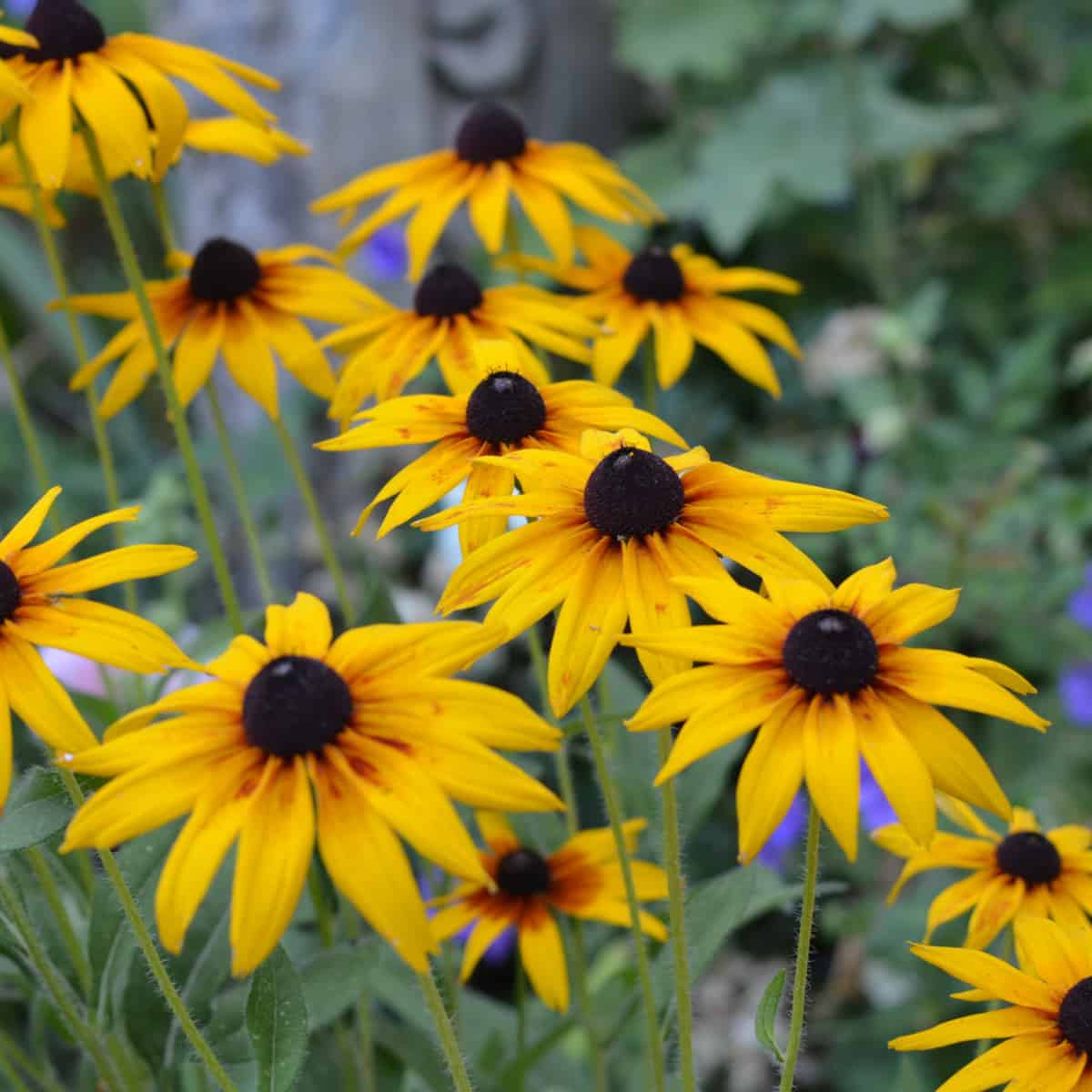Potting Succulents for Healthy Growth!
Potting Succulents for beginners! Easy way to plant and grow these beautiful plants that have grown in popularity over the past few years.
If you’re like me, then you can’t get enough of succulents. They’re the perfect plants for anyone who wants to enjoy gardening but doesn’t have a lot of time or space. And if you want to take your succulent obsession to the next level, why not learn how to pot them like a pro?
In this blog post, we’ll teach you everything you need to know about potting succulents in containers that will make your plants look their best.
- What are succulent plants?
- How to pot a succulent plant.
- Choosing the best potting soil and fertilizer for succulents.
- Planting Succulents Outdoors
- Caring for your succulent plants
- Tips for propagating succulents
What are succulent plants?
Succulent plants are a type of plant that is characterized by their ability to store water in their leaves, stems, or roots. This allows succulents to thrive in dry climates and soil conditions.
Succulents come in all shapes and sizes, making them a popular choice for gardeners and home decorators alike.

This post may contain affiliate links. If you make a purchase after clicking a link I may make a small commission at no cost to you.
There are an estimated 60 different plant families that contain varieties of succulents. Some well-known succulent species include aloe and agave, echeverias, Jade Plants, and kalanchoes.
What I am most experienced with are Echeveria, Sempervivum, and Sedums. The principle care is similar across the board for these plants.
How to plant a succulent
When potting succulents, it’s important to use a container that is large enough to allow the plant plenty of room to grow but not be much greater than the original.
The ideal pot size for succulents should be about 10% wider than the plant itself. If you are looking at shallow or deep pots, always choose the shallow pot.
The depth of the pot should be 10% bigger than the plant. (these are guidelines, I often do as I please with success)
Note:
Most succulents do better in shallower pots. You’ll also want to make sure that the pot has drainage holes in the bottom so that excess water can escape.
Planting Succulents in the Ground
Succulents can also be planted in the ground, but you’ll need to take into account the climate and soil conditions where you live.
Succulent plants will do best in a sunny location with well-drained soil. Moderate temperatures are ideal, depending upon the succulent selection, some stop growing when the temperatures climb above 75 degrees.
For example, Hens and Chicks, also known as Sempervivums, prefer temperatures between 60 and 75 degrees.
I grow mine out in the garden in areas that get morning sun but afternoon shade for the best performance, though in hotter areas where I have them planted they are just dormant during that time.
Choosing the right potting soil and fertilizer
When potting succulents, it’s important to use soil that is specifically designed for succulents.
Succulent soils are typically lighter in weight and have a higher percentage of sand, grit, or perlite than regular potting soils.
In addition, succulent plants need the proper amount of fertilizer to stay healthy.
Since I use an organic liquid feed that not only feeds the plants but the soil I fertilize my succulents right along with the rest of the plants.
I dilute it by half for indoor potted plants.
Caring for your succulent plants
Succulent plants don’t require a lot of care, but there are a few things you can do to help them thrive.
One of the most important things is to water them regularly, but make sure not to overwater them.
You can tell when a potted succulent needs water by checking the weight of the pot. If the pot feels light, then it’s time to water your succulents.
In addition, succulents need plenty of sunlight to stay healthy. Place your plants in a location where they will receive at least six hours of bright sunlight each day.
Most of my succulents don’t grow that well indoors and need brighter light than what they get in my house so I mostly have succulents that can take our outdoor conditions.
Outdoors mix lots of sand with your soil in the area you are planting your succulents. Well-draining soil is key.
I choose to grow Sempervivum and Sedum mostly as they do well in the colder temperatures we get in winter and they don’t need any pampering.
Many call Sempervivum plants Hens and Chicks or Houseleeks.
When to re-pot succulents
Succulents may require repotting at various times. The first time is right after you purchase them from a garden center or nursery.
Many nurseries cultivate succulents in organic soil that doesn’t always drain properly.
Also, succulent plants will do best when they are repotted every two to three years.
You’ll know it’s time to repot your succulents when the roots start to grow out of the pot or the plant starts to look crowded.
When they have outgrown their pots is a great time to propagate your succulents!
Propagating succulents is a great way to get more plants for your garden.
Here are a few tips for propagating succulents:
1. Choose healthy succulent plants to propagate.
2. Cut off a succulent stem from the mother plant.
3. Remove the leaves from the stem and place it in soil.
4. Keep the soil moist and wait for new succulent plants to grow.
5. Enjoy your new succulent plants!





